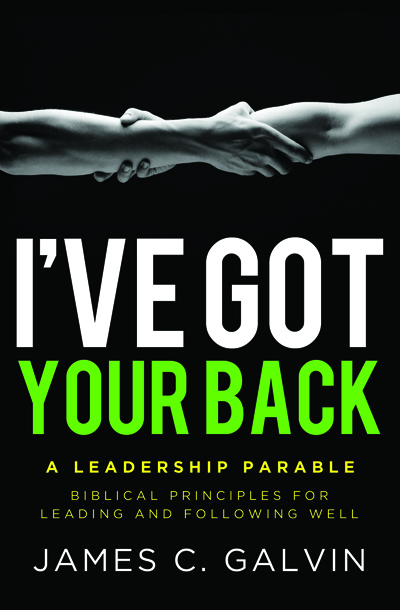The Myth of Multitasking
4.02.2013
The Apple iPad is often criticized for lacking multitasking capability, meaning, you can only run one app at a time. But this lack of computing power also brings certain advantages:
• More stable platform
• More consistent performance
• Better user experience
• Less battery drain
Wouldn’t you like some of these same benefits for your life? Will your brain work better running only one app at a time?
Multitasking is a technical term first used in 1965 by IBM to describe the capabilities of the IBM/360. The concept of multitasking has been applied to our work habits and viewed as a positive thing. Many even talk about multitasking like it were a virtue. But in reality, it’s impossible for your brain to think about two things at once. What we call multitasking is actually our brain rapidly switching back and forth paying attention to different goals, actions, or events.
Now we can walk on the sidewalk and talk on a cell phone the same time, but our walking is automatic. We are not thinking about how to walk. We can fold laundry and hold an intelligent conversation at the same time because were not thinking about how to fold our underwear. When we multitask, we are using several areas of our brain at the same time and the executive function of our brain is shifting attention very rapidly between those areas. It’s physiologically impossible to pay attention to two different things at the same time.
Multitasking makes us feel good because it seems like we are getting so much done. In reality, it impairs cognitive tasks. It reduces our output, increases errors, drains us physically, and negatively affects human happiness. But for many of us, multitasking is still addictive. It is mentally stimulating and makes us feel like we are being so productive.
The antidote to multitasking is focus. You can improve your ability to focus by making some simple changes in your work environment. Here are five things you can do.
Close multiple windows. Most of us use many different software programs during the day. We tend to have them all visible on our computer screen. Minimize any windows or programs you don’t need to avoid being distracted.
De-clutter your desk. Your desk is meant to be a work surface. Some of us use our desk as a storage space for file folders, journals to read, staplers, scissors, highlighters, and so on. The ideal desk has nothing on it but the work you’re currently doing.
Go to another room. When you really need to write that report or support letter and you’re having difficulty concentrating, go to another room. Unused meeting rooms can provide a great environment to focus. You can brainstorm the outline on a whiteboard and then sit across the table with your laptop and write without distractions.
Block half days. If you’re working on a project and have to squeeze in an hour here and in an hour there, you’re probably not getting the sustained focus that you need. For important projects, block a full morning or a full afternoon with no other appointments, phone calls, or other tasks to interfere.
Enlist social support. Explain to your coworkers how you’re trying to multitask less and focus more. Ask for their help and support. Get positive peer pressure working in your favor.
Focus is the opposite of multitasking. Let your brain run just one app at a time. What will help you kick the multitasking habit?


